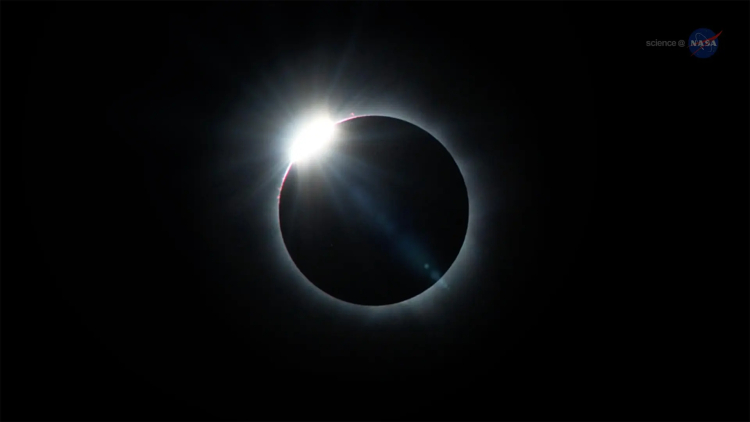During a solar eclipse, NASA will launch three rockets to study the ionosphere
During the solar eclipse on April 8, NASA will launch three exploration rockets. The information will help prevent radio and satellite communications errors.

During the total solar eclipse on April 8, 2024, NASA will launch three rockets to understand how the sudden decrease in sunlight affects the ionosphere.
The regularity of day and night on Earth makes it easier for scientists to understand how the ionosphere fluctuates over a 24-hour period, but during a solar eclipse the changes are difficult to predict.
Three NASA sounding rockets will carry research equipment to detect atmospheric disturbances around the eclipse path (APEP). They will take pictures of the ionosphere before, during and immediately after a total solar eclipse.
The first rocket will be launched to a maximum altitude of 420 km 45 minutes before the Moon passes in front of the Sun. This process will repeat at the peak of the eclipse, and then again 45 minutes after the peak has passed.
The rockets will be launched from the Wallops launch site and will therefore receive invaluable data on changes in the ionosphere in the eclipse shadow. The information can help prevent problems with high frequency radio and satellite communications.
The eclipse will take place from 19:39 to 22:55 Moscow time. The full phase will last 4 minutes 28 seconds at 21:17 Moscow time.
Share
What's Your Reaction?
 Like
0
Like
0
 Dislike
0
Dislike
0
 Love
0
Love
0
 Funny
0
Funny
0
 Angry
0
Angry
0
 Sad
0
Sad
0
 Wow
0
Wow
0





![Transfer/ Postings Senior Superintendent Police Hyderabad [Notifications]](https://pakweb.pro/uploads/images/202402/image_100x75_65d7bb0f85d5f.jpg)
![Amazing Text Animation Effect In CSS - [CODE]](https://pakweb.pro/uploads/images/202402/image_100x75_65d79dabc193a.jpg)


![Cool Login Page in HTML + CSS [CODE]](https://pakweb.pro/uploads/images/202509/img_w500_68d4ffd1e1b756-64527666.jpg)



